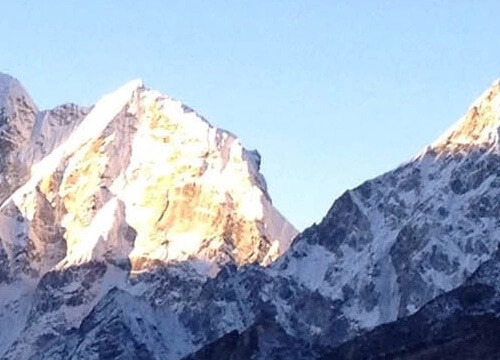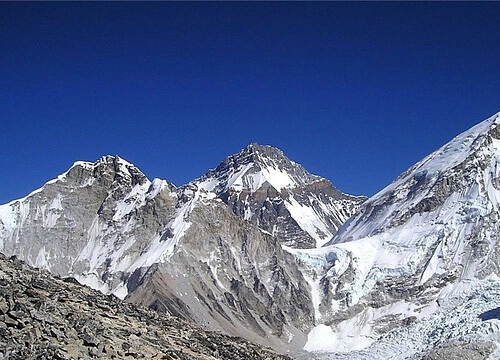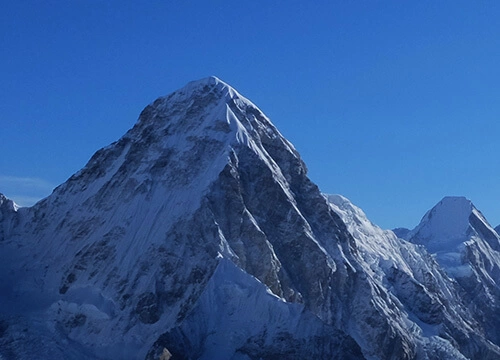Everest panorama trek best time
When deciding on the best time to visit the Everest region for the panorama trek, it is important to consider your personal preferences and the type of weather you prefer. The most popular time to trek is during the spring months of March to May, when the weather is generally clear and dry, with warm days and cool nights. The rhododendron forests are also in full bloom during this time, creating beautiful scenery.
Another suitable time to trek to Everest is in the autumn months of September to November. Autumn also has stable weather conditions with crystal clear views and a low chance of precipitation. The climate remains pleasant, neither too hot nor too cold. Also, autumn is the festival season, so you may get a chance to be part of some of the biggest celebrations in the country.
Everest panorama trek accommodation
Our accommodation during the trek is basic lodges along the trail. Trekkers spend nights in twin-shared rooms. The package cost covers basic accommodation, so please do not have high expection. You will get a clean,neat and comfortable room at the end of the day to have a good night's sleep.
If you want to upgrade your accommodation, then let us know in advance. The Everest trek trail also has luxury lodges with great services and many modern amenities.
The washroom in the basic lodge is usually shared. It can be a squat toilet or a western-style one. Single rooms will cost you additional money, and you have to request them at the time of booking. The services offered in the lodges are pretty basic.
Meals
Food is generally available along the entire route of the Everest panorama trek and is typically provided by the tea houses or lodges where you stay overnight. Most lodges offer a set menu of Nepali and Tibetan dishes, as well as some western options such as pasta and sandwiches. Prices for meals are generally reasonable but can vary depending on the specific location and type of dish.
The biggest Sherpa village offers a wide range of menu that includes pizza, bakery items, burgers, steak, curries, rice, porridge, soups, etc. The tea shops along the trail sell snacks and beverages, so carry some Nepali cash to buy. You can carry bars and snacks to munch while trekking.
Group/private joining
Both group and private treks have their pros and cons, and the right choice for you will depend on your personal preferences and budget. Group treks tend to be more affordable, but you may have less control over the itinerary and may have to compromise on certain aspects of the trip. Private treks tend to be more expensive, but you'll have more control over the itinerary and can tailor the trip to your specific needs and preferences.
Group treks: Group treks are organized by trekking companies and typically include a group of travelers who are led by a guide and supported by a team of porters. These treks are a good option for people who are comfortable traveling with a group and want the convenience of having everything arranged for them.
Private treks: Private treks are tailored to the individual or group and can be customized to meet your specific needs and preferences. These treks are a good option for people who want more control over their itinerary and who may have specific interests or requirements.
Child Policy
Many parents do the Everest panorama trek with their children. You just have to be prepared well and follow a perfect itinerary that allows your kid to adjust and enjoy the venture. Our Everest panorama trek itinerary is perfect to join with kids. Moreover, we also provide an assistant guide and other services to make sure the trek goes smoothly. For more information, kindly contact us.
Travel Insurance
Travel insurance is crucial to join the Everest panorama trek. We ask our guests to buy travel insurance that covers emergency air evacuation to provide instant medical assistance during the trek. Not only this, but travel insurance will also come in handy in case you lose your luggage, face flight cancellation, or for medical coverage.
There is no hospital in the Everest region, and any big injury or sickness may require air evacuation to a hospital in Kathmandu. Without travel insurance, it gets tough for us to provide air evacuation to you on time.
.webp)
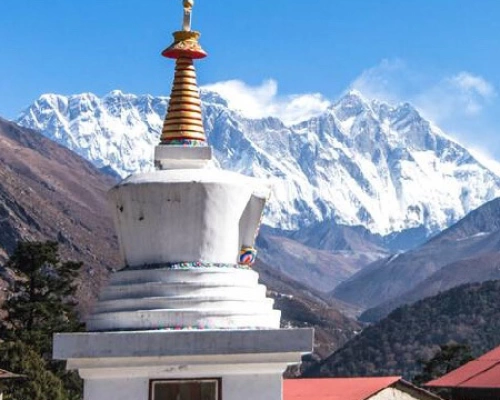
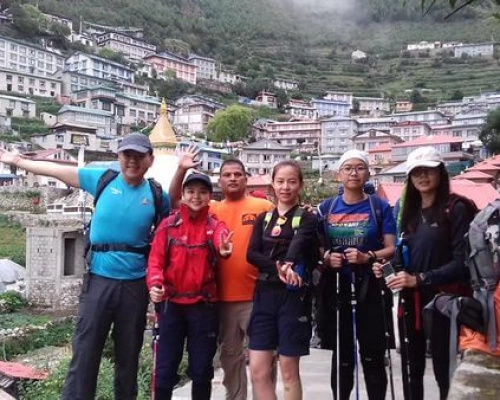
.webp)
